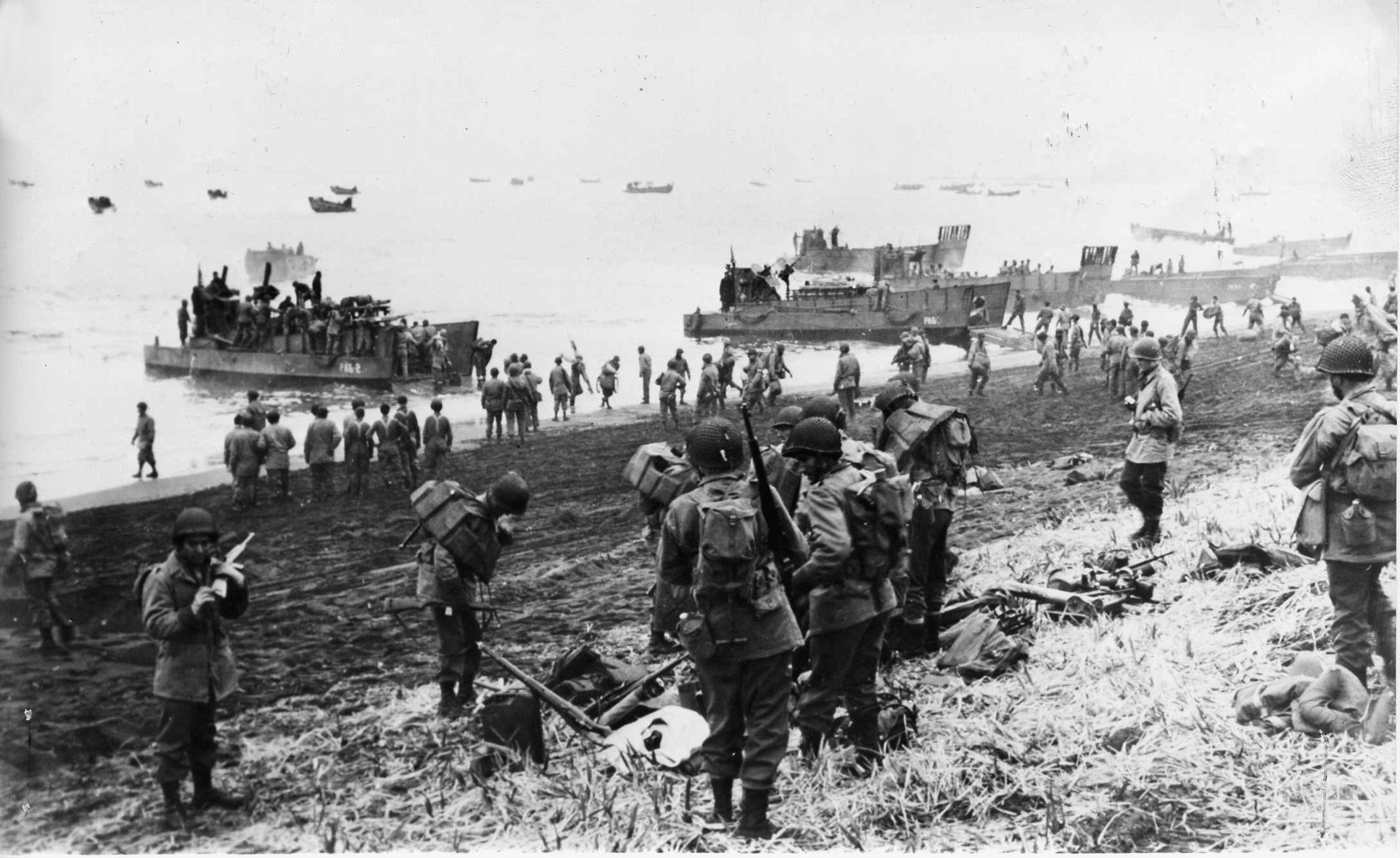This may seem like an ad piece for The Pitt, but it is not. (Do go watch it though, it’s fantastic.) We need to have another intervention. Depictions of military life in media often veers into territory so fantastical, they make that one episode of Grey’s Anatomy with the ghost lover look like a sober documentary. We’ve endured the lone wolf super-soldier, the eternally wise drill sergeant who moonlights as a philosopher, and enough slow-motion flag unfurlings to make Betsy Ross dizzy.
What the world - and a legion of eye-rolling veterans - is truly craving is a military drama with the pulse-pounding realism, the intricate character work, and the sheer guts of a top-tier medical drama. Imagine a show set in the military that channels the spirit of The Pitt – that chaotic, high-stakes, emotionally raw environment of an elite trauma center, the kind that a show like ER threw us into week after week, leaving us breathless and strangely attached to people who wore scrubs for a living.
Think about why a show like The Pitt hooked us so deeply and for so long:
Unflinching, Gritty Realism: The Pitt didn't shy away from the blood, the chaos, the sheer terror of a trauma bay. The medical jargon was dense, the procedures felt terrifyingly real (thanks in part to medical advisor Dr. Sylvia Owusu-Ansah), and the pace was relentless. Patients coded, doctors made mistakes, and sometimes, despite their best efforts, people died.
Now, transpose that to a Battalion Aid Station during a mass casualty event. Or a MEDEVAC crew fighting weather and enemy fire to get a wounded soldier to a Role 3 hospital. Show us the adrenaline, the impossible triage decisions, the docs working with limited supplies, making life-or-death calls in the mud and noise. Show the "controlled" chaos of a Forward Surgical Team. That’s not just action; it’s visceral human drama.
Deeply Flawed, Achingly Human Characters – Dr. Langdon wasn't just a hotshot attending; he was a man battling personal demons, and an addiction. Dana Evans was a brilliant nurse wrestling with her own despair and complicated relationship with the job. Dr. Robbie’s seasoned, haunted ER chief trying to keep it together for his staff was a masterclass in character development.
A military Pitt would give us characters beyond the "hero" or "broken vet" trope (there is a veteran on staff, but he’s no more or less damaged than the other doctors and nurses). Imagine a seasoned Platoon Sergeant who’s a rock for her soldiers but is struggling to reconnect with her kids after multiple deployments. A young Air Force drone pilot facing the ethical complexities and psychological toll of remote warfare. A Navy chaplain trying to offer solace in the face of unimaginable loss, while questioning his own faith. These are stories that resonate because they explore humanity within the uniform.
Life-and-Death Stakes as the Baseline - In The Pitt, every slammed gurney, every shouted vital sign, every desperate crack of a chest carried the weight of mortality. The stakes weren't just about "solving the case"; they were about saving a life, right now, against the odds.
The military equivalent writes itself, but it’s often only shown in combat. What about the peacetime training accident? The mental health crisis on a remote outpost? The Search and Rescue swimmer battling impossible seas (Ashton did okay, but the real guy is way more interesting)? The ethical tightrope walked by intelligence officers? The stakes are always there, often silent and profound, shaping the lives of those who serve.
The Power of the Ensemble and Interlocking Stories - The Pitt wasn't just about one star doctor; it was about the entire ecosystem of the hospital – the nurses, the paramedics, the surgeons, the administrators, even the recurring patients. Their lives intertwined, creating a rich tapestry. Even the film crew were in scrubs in case someone accidentally made it into the shot, which they reported made the crew tighter and more efficient.
Military units are the ultimate ensemble. A show that truly captures the dynamics between different ranks, different Military Occupational Specialties, the reliance on the person to your left and right - from the cooks to the mechanics to the infantry - would be groundbreaking. Show us how the failure of one small cog can impact the entire mission.
Moral Complexity and Nuance - The best medical dramas didn't offer easy answers. They explored rationing of care, patient rights, burnout, and the ethical dilemmas faced by medical professionals daily.
A military Pitt would dive into the fog of war, the challenges of counterinsurgency, the strain on military families, the transition back to civilian life, and the often-unseen moral injuries. It would trust the audience to handle ambiguity and complexity, rather than spoon-feeding simple narratives of good versus evil.
We're ready for a military show that makes us feel the adrenaline, yes, but also the exhaustion, the ethical quandaries, the dark humor that gets people through, and the profound bonds forged in shared hardship. We want dialogue that snaps, characters that breathe, and situations that feel ripped from the after-action review, not a comic book. While no one is saying there aren’t valiant examples, such as Band of Brothers or, to an extent, Generation Kill, if we want the audience to feel it, we need our media to step up its game.



%201.svg)









